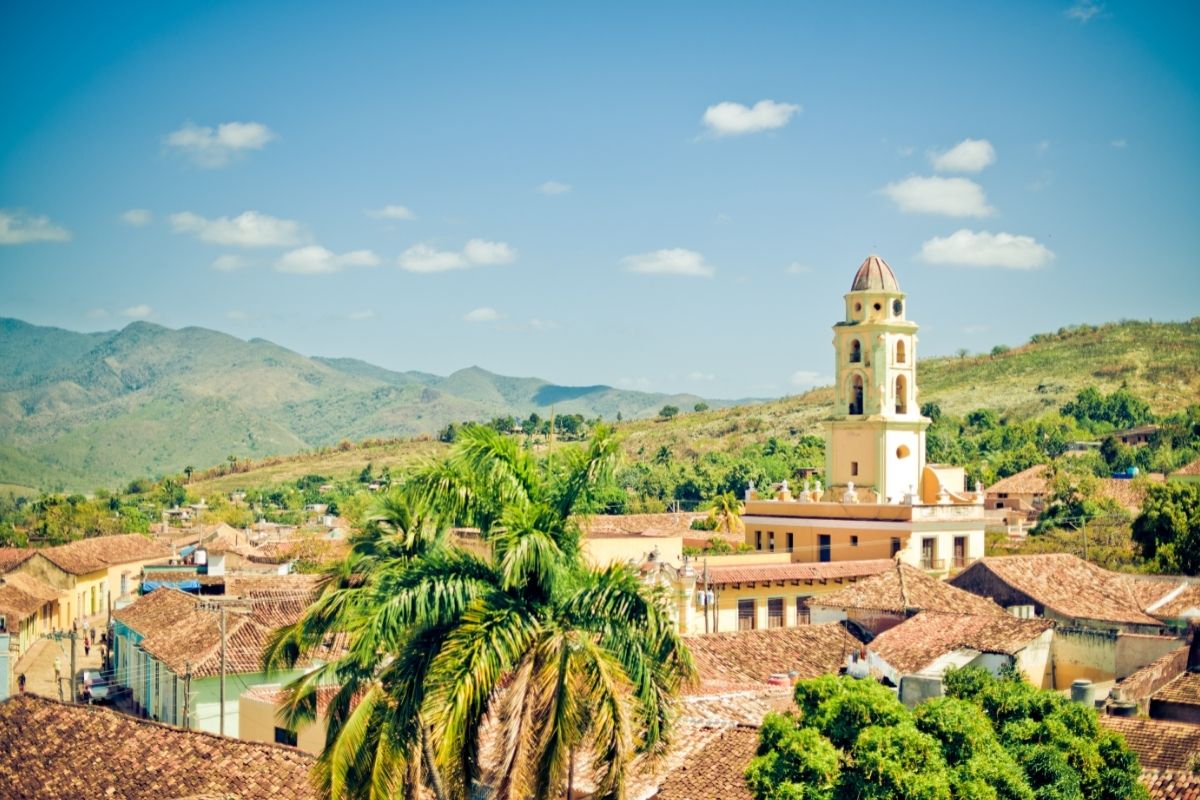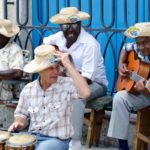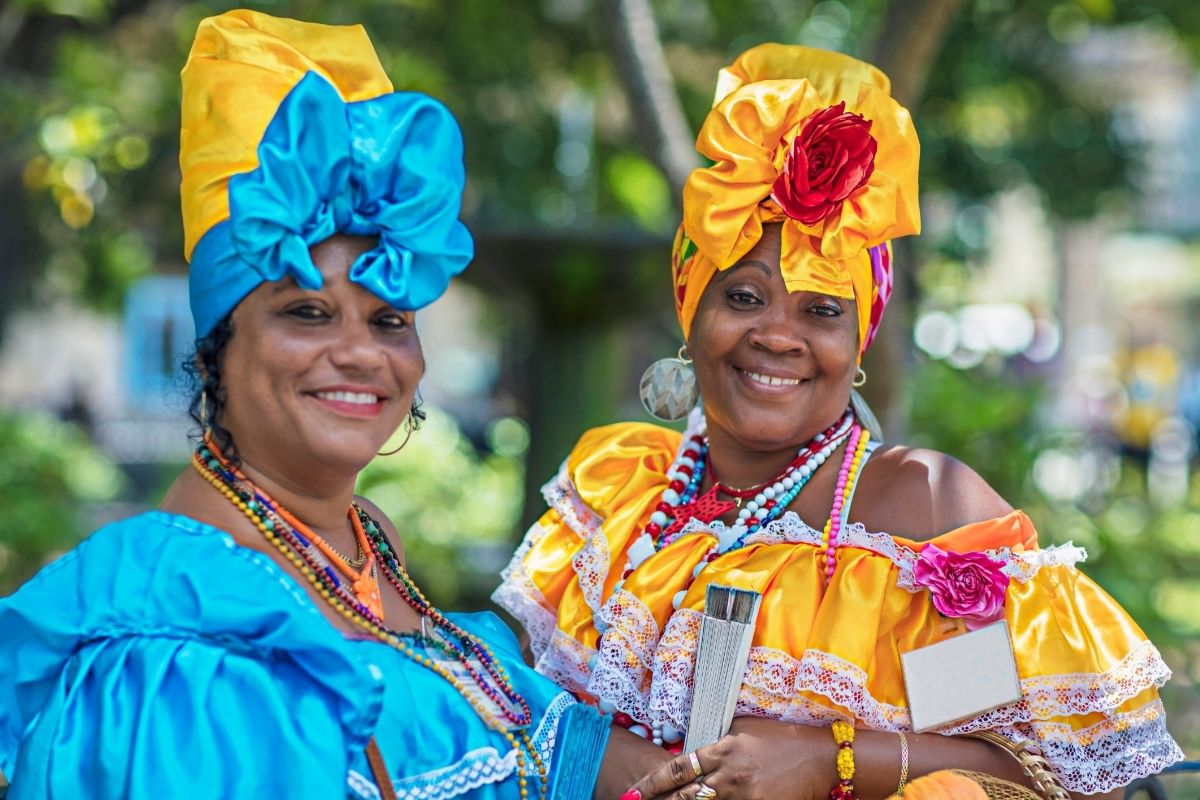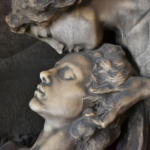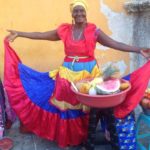Cuba is a Caribbean island influenced by a variety of cultures. This colorful country is steeped in rich cultural traditions that have been passed down by generations and different cultures.
Originally inhabited by the Taíno and Ciboney tribes, these Cuban settlers came from South America. Then, in 1482, Cuba was “discovered” by the explorer Christopher Columbus.
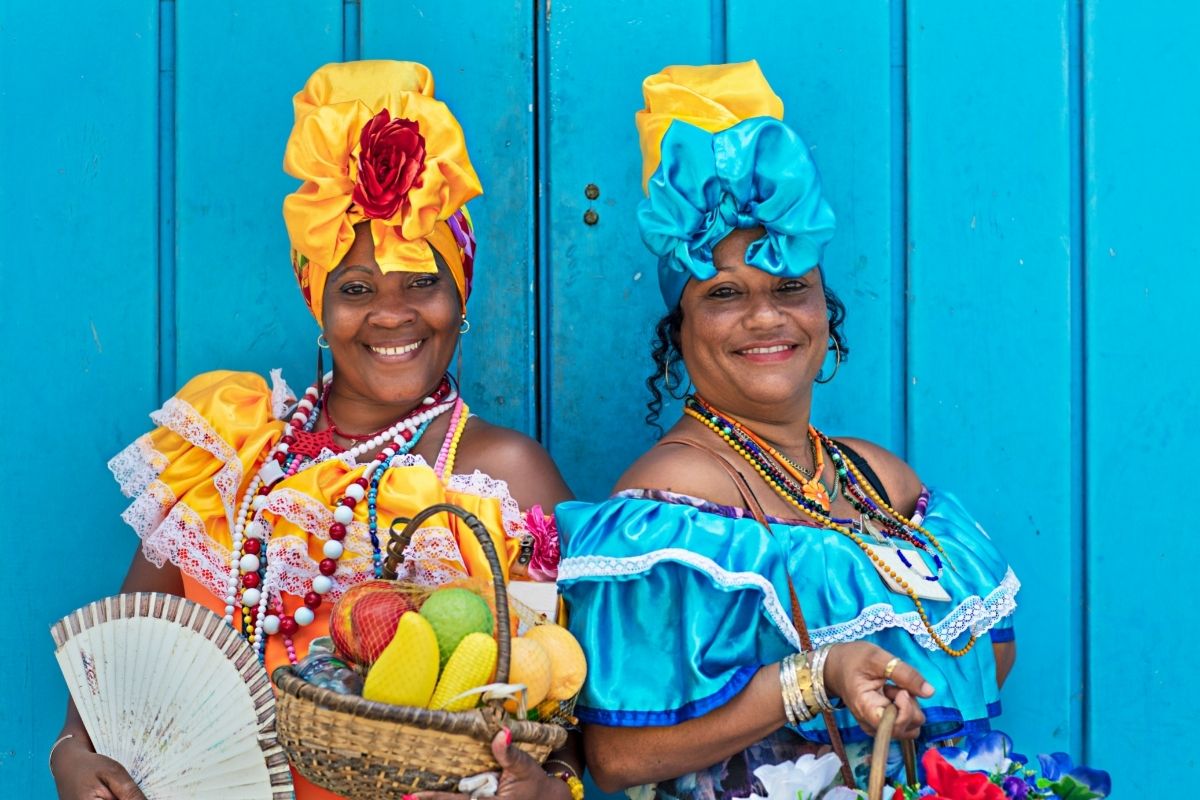
This led to Cuba being colonized by the Spanish during the 16th century. Sadly, in under 100 years, the indigenous people no longer existed.
During this time, and afterward, slaves from Africa were introduced to Cuba by the Spanish. These people were brought to the island to help in the production of goods such as tobacco, sugar, and coffee.
In 1898, the Spanish-American war occurred, resulting in Cuba being influenced by American culture into the first half of the twentieth century. Then, the island became largely influenced by the Soviet Union.
With so many countries putting their stamp on Cuba, mixed ethnic cultures emerged. In modern times, most of the population is considered as mulatto, meaning they are of mixed African and European descent.
Altogether, 37% of Cubans claim to be white, 11% are classified as ‘negro,’ and 1% are of Chinese descent.
With all of these cultures and nationalities, the traditional Cuban dress has a rich history. Let’s explore Cuba’s traditional dress and how it has been influenced by different countries over the centuries.
Cuban Traditional Dress
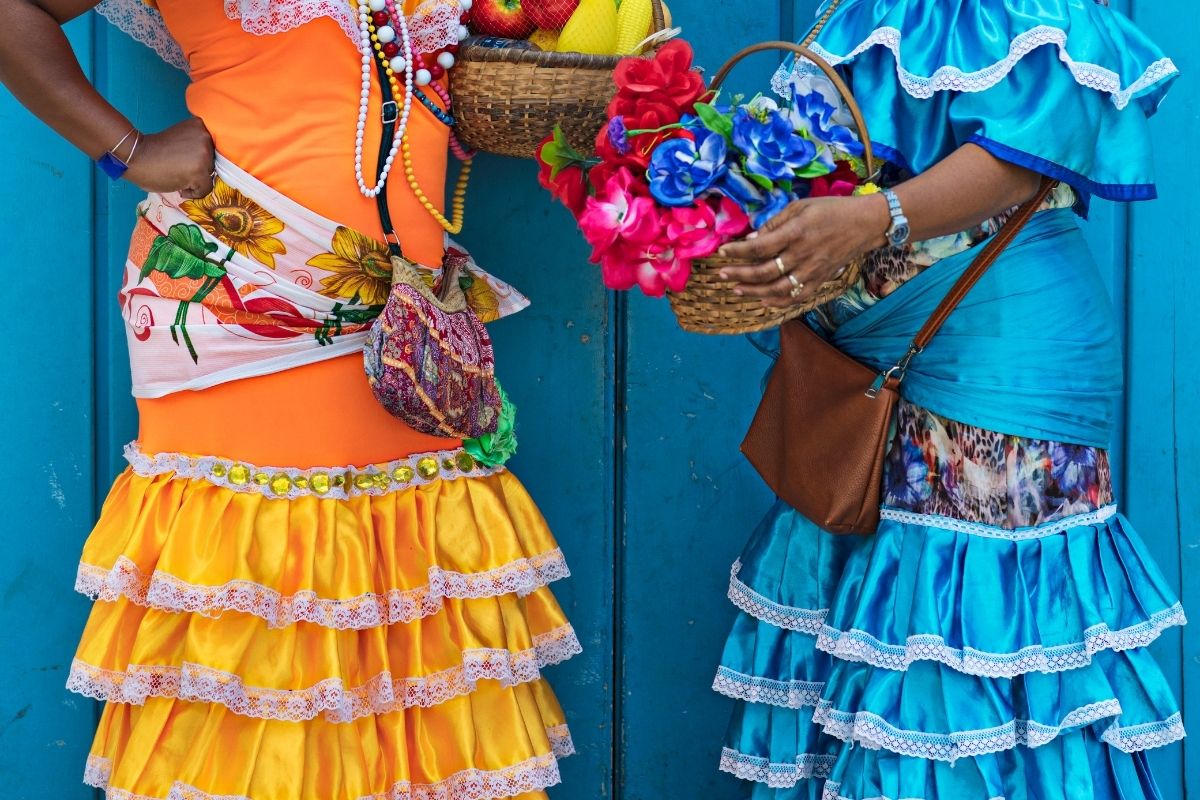
Cuban traditional dress is a result of the effects from a multicultural history. Nowadays, Afro-Spanish culture is especially prevalent in the dress.
That being said, the majority of Cubans are influenced by Western clothing and fashion today for everyday use.
In most cultures and countries, the traditional dress is typically worn for festive celebrations and occasions. In Cuba, for instance, it is worn for dancing the rumba and/or salsa.
Traditional Western dress has been worn for many decades on the island. Because of the semi-tropical climate, casual, loose fitting clothing is often preferred.
It is very rare for temperatures to fall below 60 degrees Fahrenheit (16 degrees Celsius), so natural materials and fabrics, such as linen and cotton, are the most commonly used clothes items.
This is because they are lightweight and breathable for day-to-day use.
Latin styles are also prevalent in traditional Cuban clothing. These are instantly recognizable with large sleeves, brightly colored shirts that are vibrantly embroidered, ruffled skirts, and blouses.
However, Cuba has found it difficult to authorize itself as an independent state over the years. That is why many other cultures seep into their traditional dress, such as Afro-Cuban influences.
These include bandanas or head wraps. These slowly creeped into Cuban culture to create an individual, unique style.
Such fusion of cultures helps create something that is distinctly Cuba. Most traditional clothing of Cuba is typically kept for traditional ceremonies, celebrations, and occasions today.
Take the echoes of the flamboyant rumba-style dresses worn by Cuban women. This clothing is usually only worn to entertain tourists or for special occasions.
For instance, remnants of this style are stylized into wedding gowns or more formal dresses.
Rather than finding a rumba-style dress in an average Cuban’s closet, today, you will typically just find jeans, shorts, skirts, t-shirts, slacks, and loose-fitting tops.
Traditional Cuban Dress Still Worn Today
Although traditional Cuban dress is rarely worn in Cuba in the 21st century, there is one Cuban piece of clothing that is popular on the island.
This is known as a ‘guayabera’ shirt. This is a Havana shirt, also referred to as a cigar or Mexican wedding shirt.
This shirt consists of two or four front pockets and closely spaced pleats (usually two groups) on the shirt’s back and front. It is a casual shirt worn by many Cuban men, with dress-style buttons and a collar.
The shirt is worn very loosely (needed in the hot Cuban climate) and is typically pretty long with some sort of slit running up the sides.
It is believed that the shirt was designed by a woman who decided to put more pockets on her husband’s garment. Therefore, he could carry more guavas (tropical fruit) on his way home.
Early incarnations of the shirt were believed to be white or off-white with a plain design. But, 21st century versions are made from materials such as silk and satin and consist of more intricate designs and embellishments.
Many modern guayabera shirts also have beads attached, too.
Although Cubans claim the guayabera shirt as authentically Cuban, most other Latin American countries do as well. In many of these regions, the shirt is worn casually but also for formal and work-related occasions, too.
There is also a feminine version known as the guayabera dress which is long, lightweight, and loose fitting. This can be worn for many types of occasions.
In Summary
The history of Cuban traditional dress is an amalgamation of different cultures over hundreds of years.
Although today’s Cuban people typically wear Westernized clothes, the country’s traditional dress is still worn for special occasions.
- What Is The Largest Island In Cuba? - September 19, 2022
- Havana – Why Is It Cuba’s Most Exciting City? - September 19, 2022
- Cheapest Time To Visit Cuba (Ultimate Guide) - September 19, 2022

